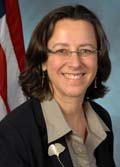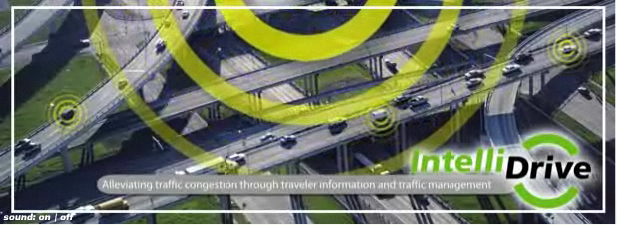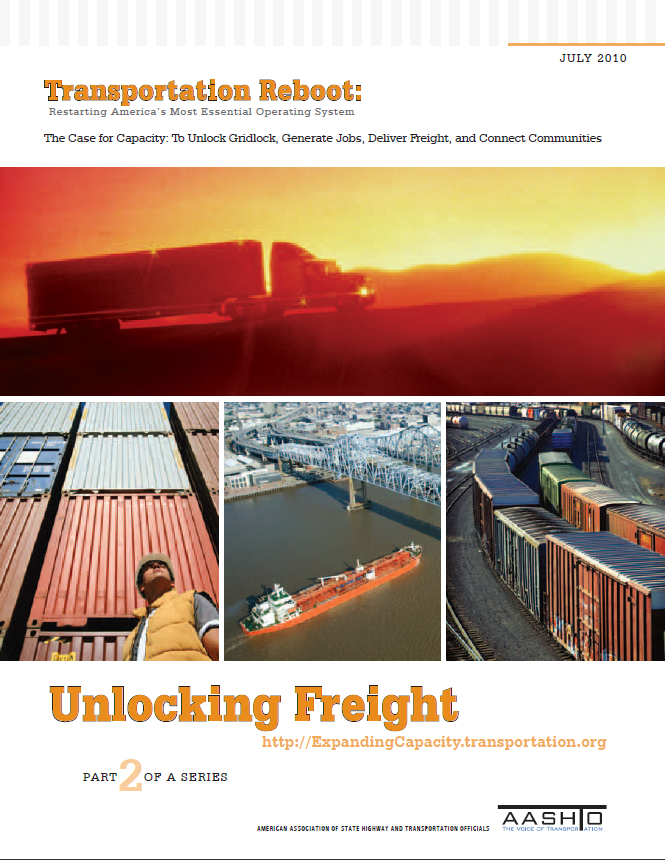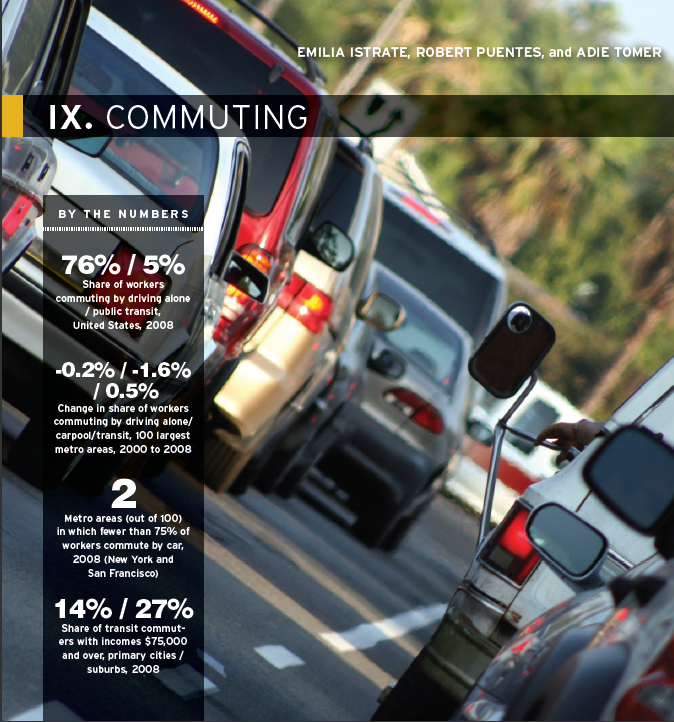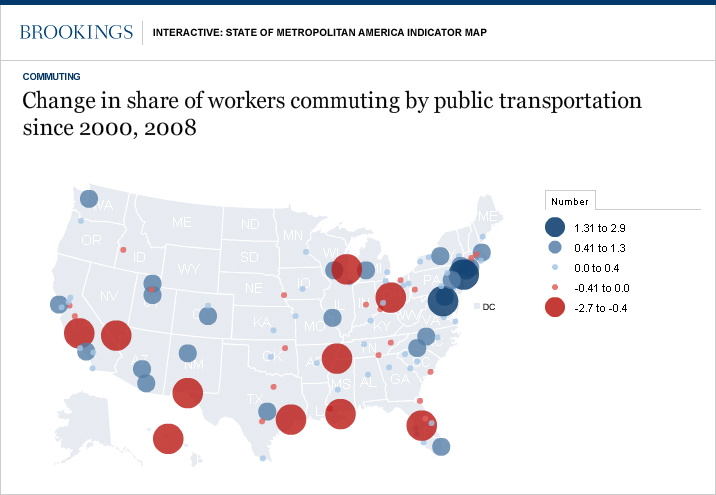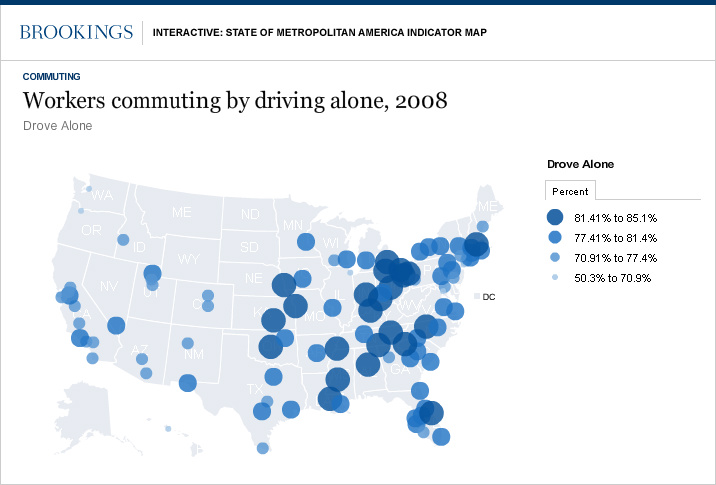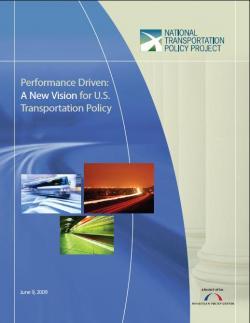
Webinar Overview
TSAG Case Studies Workshop & Webinar
2009 Fort Hood, Texas Army Base Shooting Incident
A Multi-Agency Emergency
Date: August 3, 2010
Time: 1:00–4:00 P.M. Eastern Time
Cost: All T3s are free of charge
PDH: 3.0 — Webinar participants are responsible for determining eligibility of these PDHs within their profession.
Register On-line
Contact the T3 Administrator
T3 Webinars are brought to you by the ITS Professional Capacity Building Program (ITS PCB) at the U.S. Department of Transportation’s (USDOT) ITS Joint Program Office, Research and Innovative Technology Administration (RITA). Reference in this webinar to any specific commercial products, processes, or services, or the use of any trade, firm or corporation name is for the information and convenience of the public, and does not constitute endorsement, recommendation, or favoring by U.S. Department of Transportation.
Note: This workshop and webinar is a unique learning opportunity offered by the Transportation Safety Advancement Group (TSAG) and the US DOT ITS Joint Program Office’ Talking Technology & Transportation (T3) program. The workshop will be presented to a live audience at the workshop location as well as to remote T3 webinar participants. T3 participants are invited to submit written questions before the Webinar as well as during workshop question and answer periods.
Webinar participants may attend remotely for any portion of the 3 hour workshop. An audio of the event’s proceedings, synchronized with its presentations, will be available in the T3 Webinar archives and on the TSAG website (www.tsag-its.org) approximately 4 weeks following the workshop.
Background
The Transportation Safety Advancement Group (TSAG) is sponsored by the US Department of Transportation (US DOT) ITS Joint Program Office (JPO) and serves to promote technology for public safety. TSAG advises the ITS Joint Program Office on public safety technologies and on their impacts on public safety including operations management, emergency response, and emergency responder safety. Through a broad based membership comprised of transportation and public safety professionals, TSAG initiates programs that promote inter-disciplinary, inter agency and inter jurisdictional coordination and cooperation, and that promote partnerships for advancing public safety technologies. For more information, visit the TSAG website.
Through its Case Studies Workshops series TSAG conducts post reviews of actual recent events and incidents, and of associated emergency responder experiences. Case Studies Workshops facilitate discussions by multi discipline and multi agency professionals for identifying technology, institutional and policy based success, failures and lessons learned. Case Studies Workshops & Webinars are focused on the fundamental TSAG “technology for public safety” TSAG mission.
TSAG operates through resources provided by the US Department of Transportation and serves its program mission in compliance with US DOT regulations, policies and specified contract provisions.
Fort Hood, Texas Army Base Shooting Incident
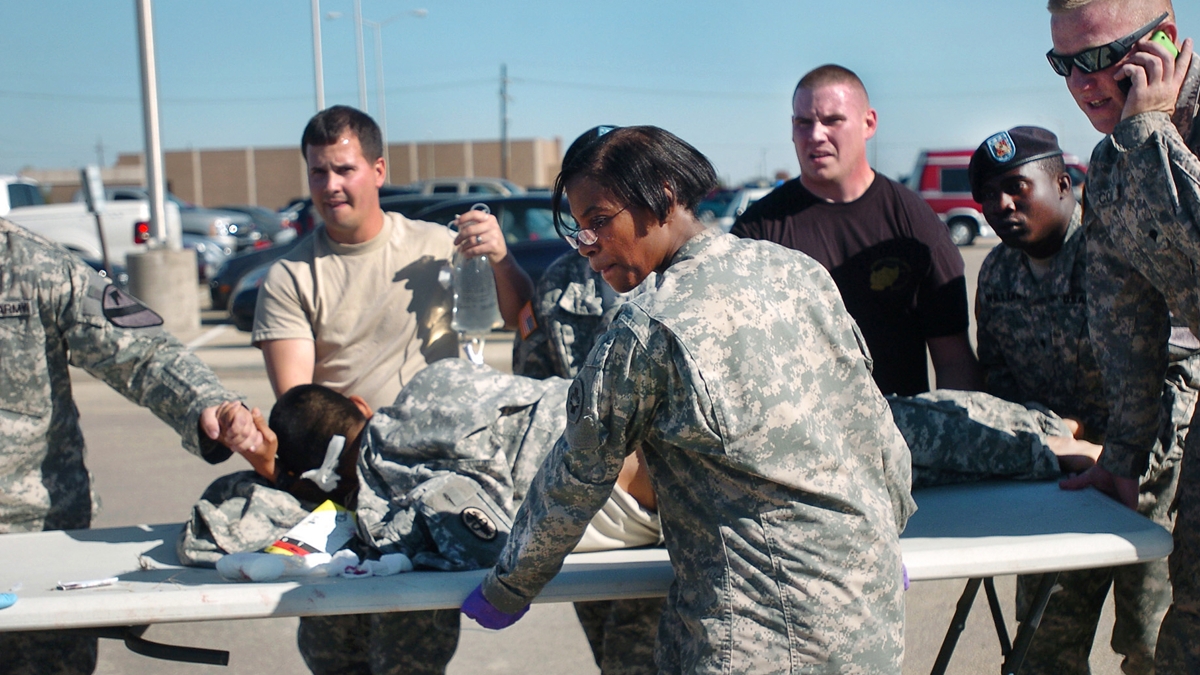
On November 5, 2009, a gunman opened fire at the Soldier Readiness Center at Fort Hood, Texas. Thirteen people were killed and 43 others were wounded or injured. Initial emergency alerts of the incident were communicated via calls to one of the Central Texas Regional Consolidated Public Safety Answering Point (PSAP), and subsequently were transferred to Fort Hood’s 9-1-1 Call Center. Two minutes and forty seconds after the initial 911 call, first responders from Fort Hood arrived of the scene. Soon after, EMS assets from the surrounding entities arrived to support Fort Hood responders. One-and-a-half minutes later, the assailant was incapacitated and emergency treatment and evacuation was initiated.
The initial response to the incident was prompt and efficient. Two ambulances and an incident commend vehicle from the Fort Hood Post Hospital arrived on the scene within two minutes and fifty seconds. Ultimately, ambulances and EMS personnel from throughout the region responded, treated and evacuated the wounded and injured.
The foregoing narrative illustrates how efficiently the initial response to this event was handled. The incident however, raised important questions about the degree to which the Department of Defense is prepared for similar incidents in the future, especially multiple, simultaneous incidents. It also brought into sharp focus the need to review the connections, both in relationships and technology, between the defense community and the civilian first responder community called to support in military protection incidents.
Case Studies Workshop & Webinar Overview
Case Studies Workshop & Webinar presenters will walk the audience through details of the Fort Hood incident with a focus on how the integration between the military and civilian responders between responder disciplines worked. The Workshop will focus on emergency response and management protocols, strategies and technologies, including communications between and among Police, Emergency Medical Services, and Public Safety Dispatch Personnel. Workshop presenters will discuss successes, failures and lessons learned and will highlight emergency response activities of local and regional emergency responders and will review operations strategies and technologies at the time of and in response to the incident.
Target Audience
Workshop participants include TSAG members, NRITS registrants, and other like interest guests. T3 Webinar target audiences include state and local public safety interests including emergency responders, transportation operations, emergency communications, and other public safety practitioners. Additionally, private and academic and technology research interests are encouraged to participate.
TSAG Case Study Workshop Concept and Purpose
The TSAG Case Studies Workshop concept targets case-studies of actual incidents or events associated with each of the eight (8) TSAG interest-community teams. TSAG communities of Interest include:
- Academic & Research
- Emergency Communications
- Emergency Management
- Emergency Medical Services
- Transportation Operations
- Fire and Safety
- Law Enforcement
- Technology and Telematics
Thus, through reviews of actual recent events, incidents, and first-responder experiences, Case Studies Workshops facilitate after-event discussions by multi-discipline and multi-agency professionals for the purpose of:
- Clarifying actual circumstances of the event / incident
- Reviewing established response protocols and procedures
- Reviewing public safety technology applications
- Identifying unique management and response circumstances and challenges
- Reviewing successes, failures, and lessons-leaned
The TSAG Case Studies Workshop & Webinar series is focused on the fundamental TSAG “technologies for public safety” TSAG mission.
Learning Objectives
The broad learning objectives of the TSAG Case Studies Workshop series include:
- Identify transportation-safety technologies and their real-time applications to operations surveillance and management
- Identify incident identification, emergency response and management
- Identify inter-agency and inter-discipline coordination and communications
- Learn of technology successes, failures, and lessons-learned
Federal Host:
Linda Dodge, Chief of Staff, US DOT, ITS Joint Program Office
Presenter:
Jim Reed, Executive Director, The Central Texas Council of Governments (CTCOG), Belton, Texas
Jim Reed serves as Executive Director of The Central Texas Council of Governments (CTCOG) in Belton, Texas. As CTCOG Executive Director he administers a seven county region that includes both urban and rural areas. He oversees various regional programs, including Transportation Planning, Aging Services, Housing, Homeland Security, Regional Planning, Economic Development, and Partners with Workforce. Under his direction, CTCOG was recognized as having the number-one rated Homeland Security program in the Nation. Mr. Reed has served as the Chair of the Texas Association of Regional Councils Executive Director’s Council and is the Past President of the National Executive Director’s Council. He also serves on the National Council of Peers for RPO America and has received the Al Notzon Regional Unity Award and the Walter Scheiber National Leadership Award. This year he was a nominee for the American Institute of Certified Planners National College of Fellows.


